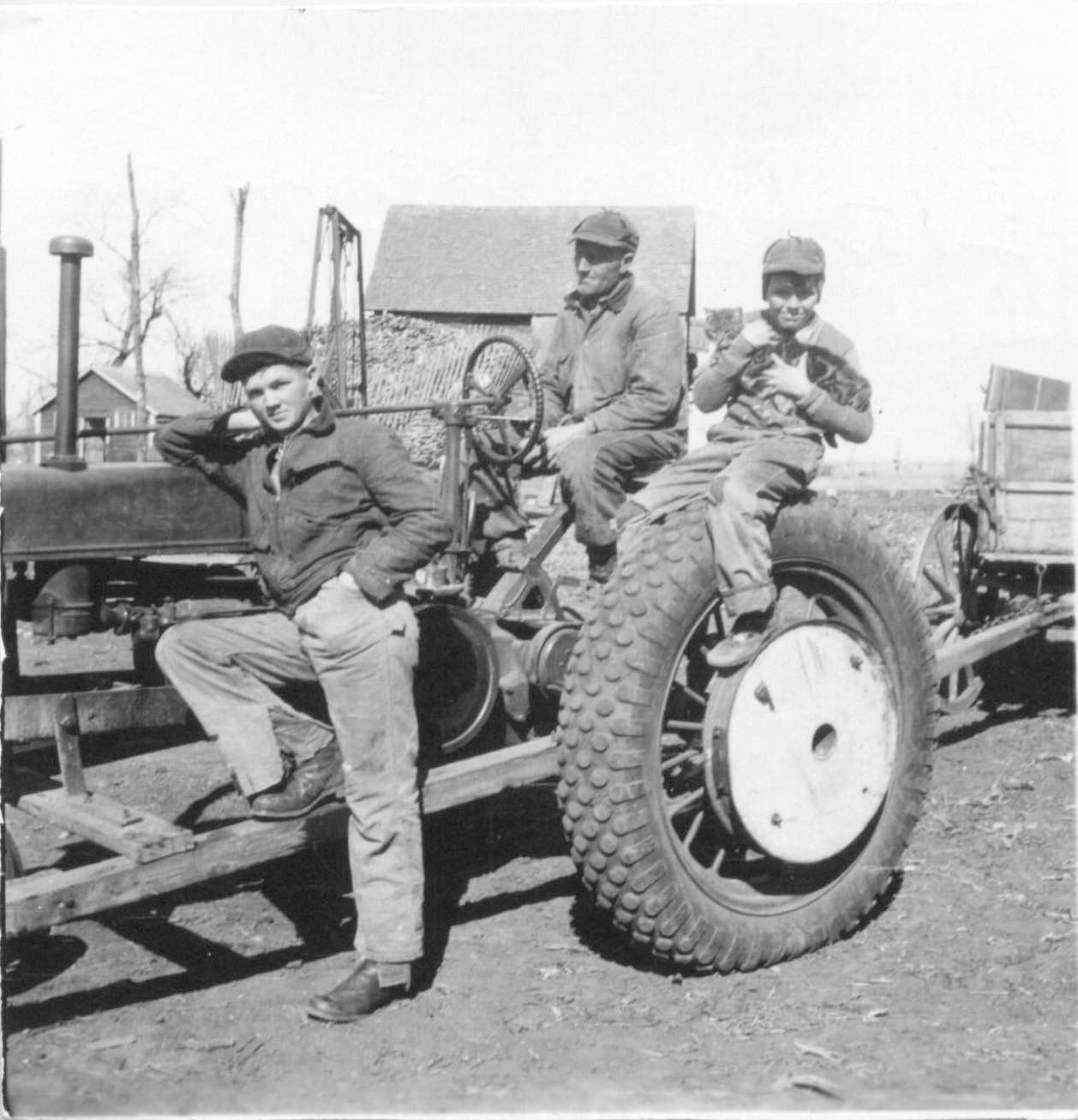
My paternal grandfather passed away on June 1, 1945, near the end of World War 2.
Disposition of his estate was officially approved by a court, which provides us a glimpse into the economics of farm life in the 1940s.
He died intestate, meaning he did not have a will, so the estate was distributed in accordance with South Dakota state law. His estate went through probate, which means a court had to approve the distribution.
The filing with the court contains a list of:
- income
- expenses,
- unpaid bills,
- inventory of estate assets, and
- distribution plan of the estate assets.
Including in the filing are a number of references to the prices of animals and a few references to price of personal property. Looks like most of my grandparent’s minimal wealth was in the farm stock.
As a result, the court filing allows us to study the economics of one farm in South Dakota from June 1, 1945, which is the day my grandfather died, through April 2, 1946 when the accounting was filed with the court. That 10 month period of time covers one harvest and one round of birthing animals, which is essentially a farm year.
From all of that information, I can piece together a balance sheet for the day my grandfather died and the day the estate was probated. I can also make a guess at an income statement for the intervening months.
A series of blog posts will explore what we can learn from studying the filing.